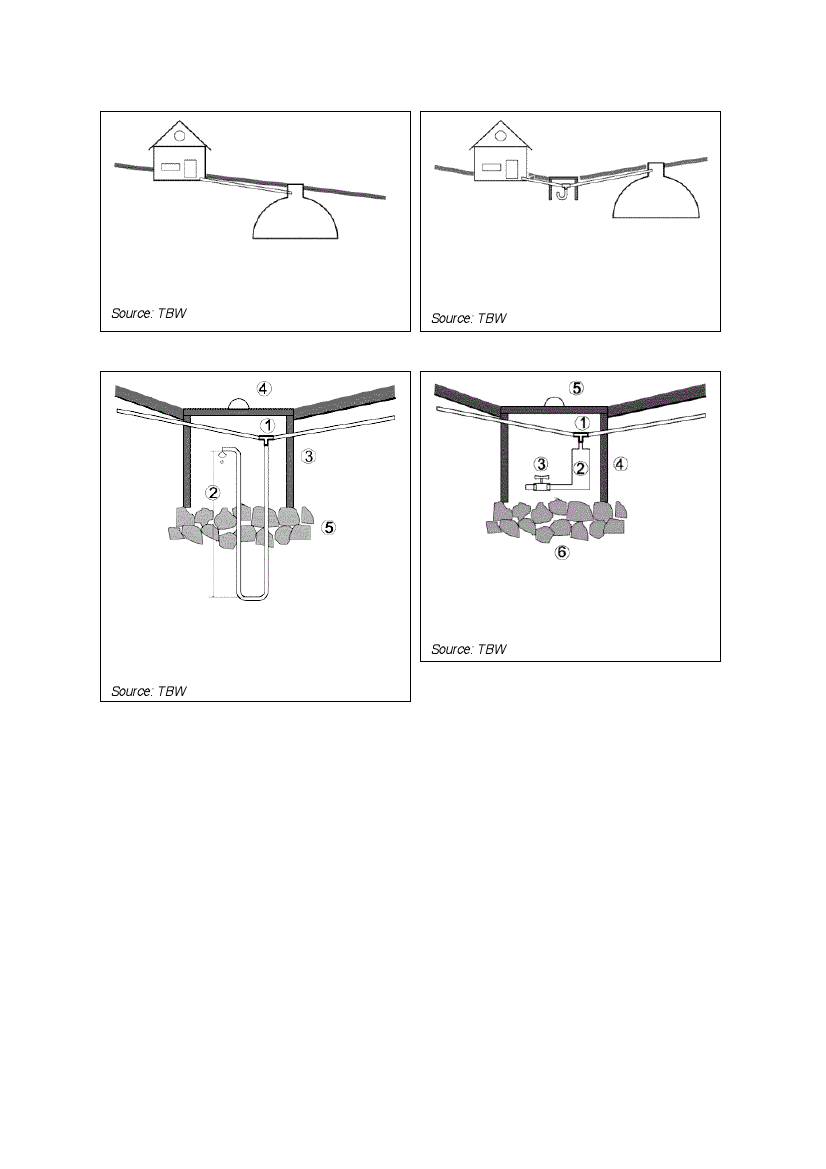
Figure 27: Piping system with straight slope
from kitchen to digester. No water trap required
as condensation water drains into the digester
Source: TBW
Figure 28: Wherever condensation water
cannot drain back into the digester, a water
trap becomes necessary
Source: TBW
Figure 29: Automatic water trap: (1) T-joint in the
piping system, (2) water column, equal to max.
gas pressure + 30% security, (3) solid brick or
concrete casing, (4) concrete lid, (5) drainage
Source: TBW
Figure 30: Manual water trap: (1) T-joint, (2)
buffer storage for condensated water, (3)
manual tap, (4) casing, (5) concrete lid, (6)
drainage
Source: TBW
Valves
To the extent possible, ball valves or cock valves suitable for gas installations should be
used as shutoff and isolating elements. The most reliable valves are chrome-plated ball
valves. Gate valves of the type normally used for water pipes are not suitable. Any water
valves exceptionally used must first be checked for gas-tightness. They have to be greased
regularly. A U-tube pressure gauge is quick and easy to make and can normally be expected
to meet the requirements of a biogas plant.
The main gas valve has to be installed close to the biogas digester. Sealed T-joints should
be connected before and after the main valve. With these T-joints it is possible to test the
digester and the piping system separately for their gas-tightness. Ball valves as shutoff
devices should be installed at all gas appliances. With shutoff valves, cleaning and
maintenance work can be carried out without closing the main gas valve.
50